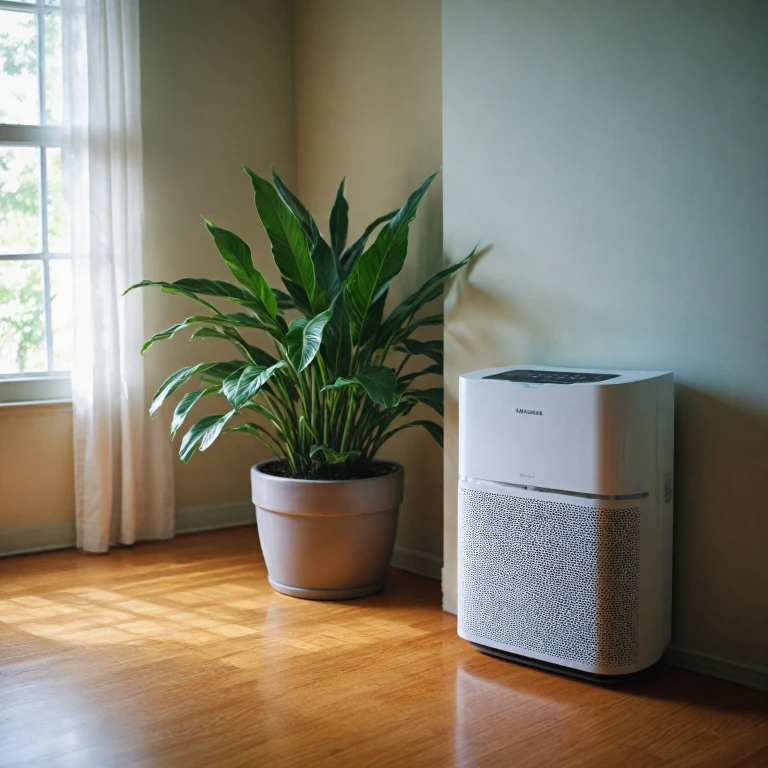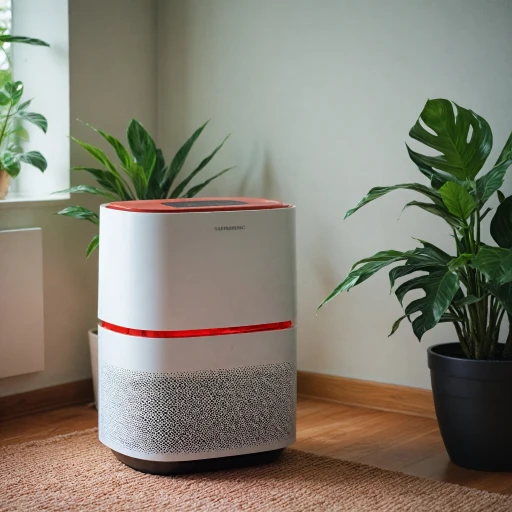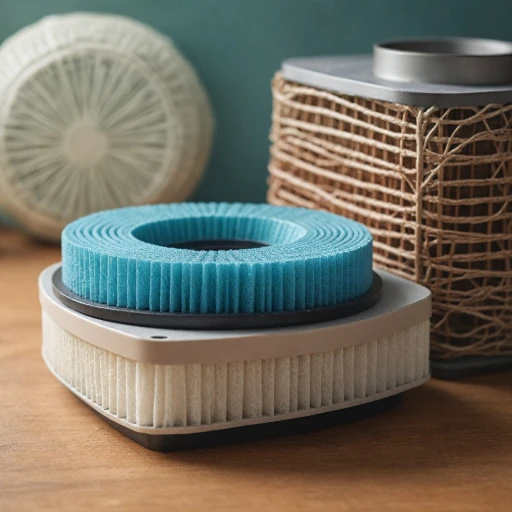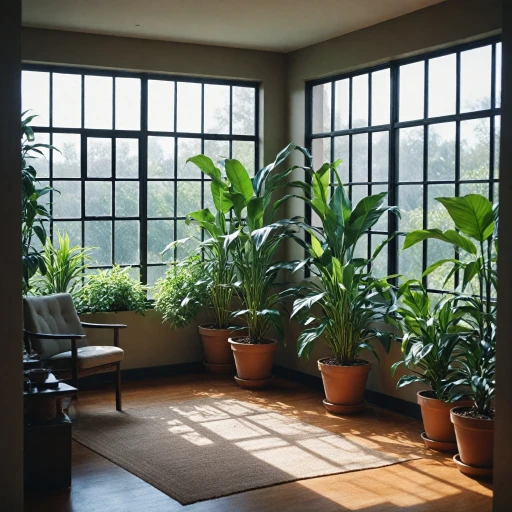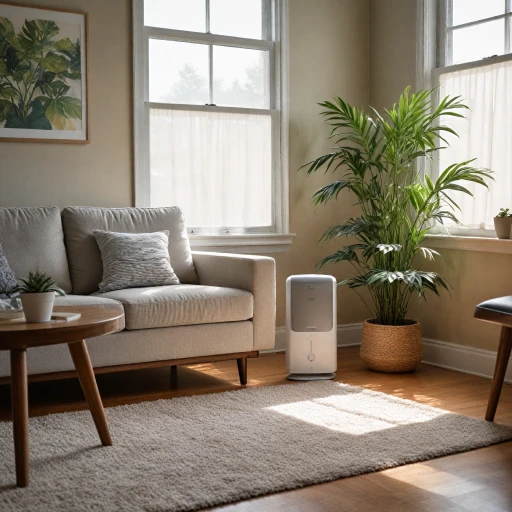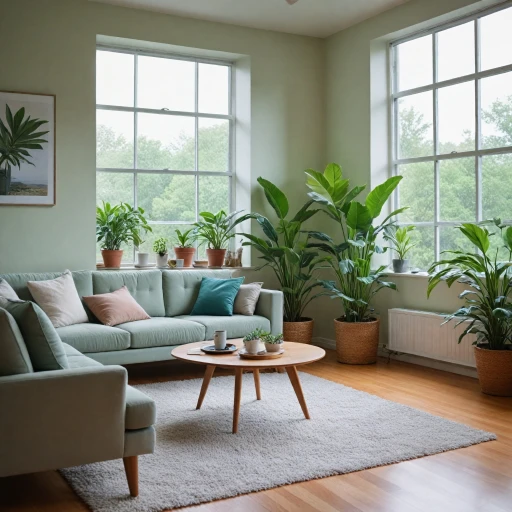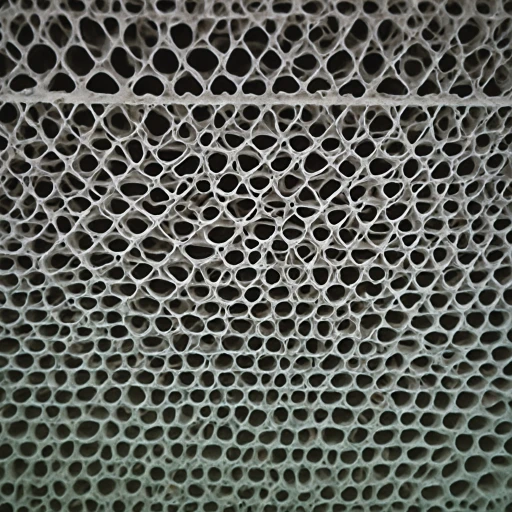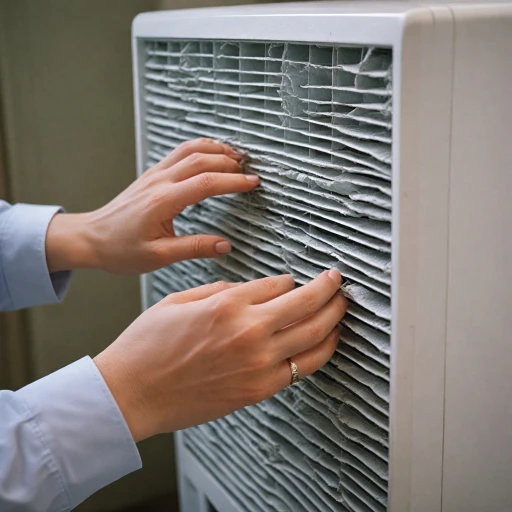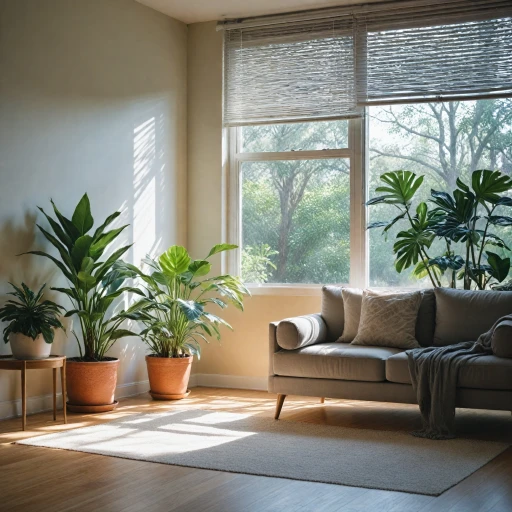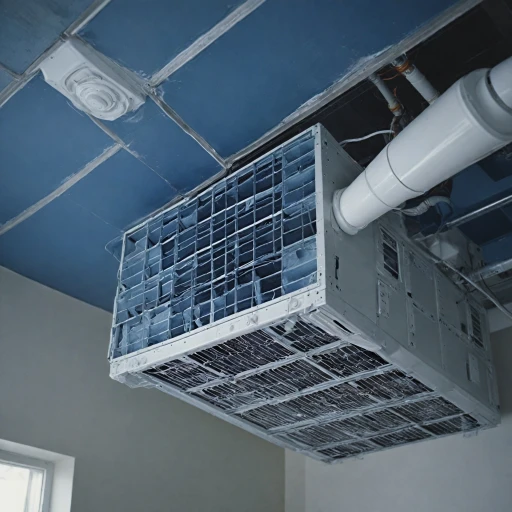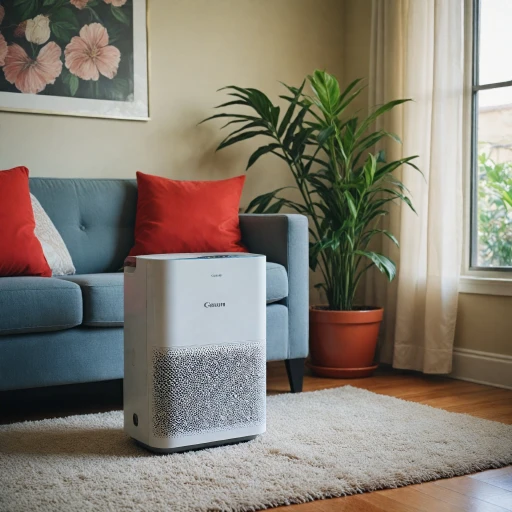
Understanding Air Purifiers
The Basics of Air Purifiers
Air purifiers have become essential in improving indoor air quality by effectively removing various airborne particles, including dust mites, mold, and other contaminants. These devices utilize different types of filters, such as HEPA filters and carbon filters, to capture particles and odors, promoting a cleaner and healthier living environment. When it comes to enhancing the quality of air, understanding how air purifiers work and their benefits can guide your purchasing decision. Learn more about the benefits of electrostatic furnace filters here. Air purifiers operate by drawing air from a room through a network of filters. The filters trap dust, dirt, and other particles, while some advanced models even tackle pathogens like bacteria and viruses. Activated carbon filters are particularly effective in absorbing odors and chemicals, contributing to maintaining optimal air purity. This combination of filtering technologies ensures that indoor air remains fresh.Different Types of Air Purifiers and Their Features
Air purifiers come in various models, each tailored to address specific needs. Some models are equipped with additional features like air quality sensors and automatic adjustments to stay responsive to your room’s air quality. These advancements help in maintaining a steady level of clean air, ensuring that your living space remains free from pollutants. While standard air purifiers focus on removing particles, some combo models integrate humidifier functions to balance indoor humidity levels, addressing the issue of dry air. However, it's crucial to remember that air purifiers mainly target particulate matter rather than reducing humidity levels. If combating humidity is your primary concern, a dehumidifier might be more suitable. Air purifiers are indispensable in fighting mold growth and reducing exposure to allergens. By diminishing these airborne threats, they contribute to healthier breathing conditions and potentially reduce allergy symptoms. To make the most out of your air purifier, consider your specific needs and room size to choose an appropriate model.Humidity and Air Quality
How Humidity Interacts with Indoor Air Quality
The relationship between humidity levels and air quality is crucial when considering indoor environments. Proper humidity balance ensures a comfortable living space while preventing health issues and damage to property.- Optimal Humidity Range: Maintaining indoor humidity between 30% and 50% is ideal for good quality air. It minimizes the likelihood of mold growth and dust mites, two common triggers for allergies and asthma.
- High Humidity Challenges: Excessive moisture in the air can create a breeding ground for mold spores and dust mites, affecting air quality. Moreover, mold growth can damage walls and furniture, releasing airborne particles that can harm health over time.
- Low Humidity Concerns: On the other hand, indoor air that's too dry can cause discomfort, leading to dry skin and respiratory problems. This often occurs during winter months when heaters are in use, reducing moisture levels.
Do Air Purifiers Affect Humidity?
Understanding the Relationship Between Air Purifiers and Humidity
It's a common misconception that air purifiers can directly alter humidity levels in a room. However, air purifiers are primarily designed to improve indoor air quality by removing airborne particles, dust mites, and mold spores. Their main function is to cleanse the air of pollutants, rather than controlling moisture levels.
Most standard air purifiers, including those equipped with activated carbon or HEPA filters, do not have any effect on the humidity air. These devices focus on capturing particles and improving air quality, but they do not play a role in adding or removing water from the air. As a result, while they help maintain a healthy indoor environment by providing clean air, they won’t make it more humid or dry.
In environments with high humidity or dry air, other options such as a dehumidifier or humidifier might be more suitable for adjusting moisture levels. Devices like a purifier humidifier or a dehumidifier tackle different aspects of air management, effectively controlling humidity by adding or removing moisture air, respectively.
Those in search of a solution for mold growth due to excessive indoor humidity should explore specific tools that target humidity air control. Meanwhile, for the effective removal of airborne particles, continued use of air purifiers coupled with proper filtration is recommended. The choice between these options depends on one's specific indoor humidity needs and air purification goals.
For those interested in further understanding how various air cleaning technologies operate, including the role of certain mechanisms within purifiers, you can explore more about air nozzles in air purifiers.
Alternatives for Humidity Control
Exploring Humidity Management Options
When it comes to managing indoor humidity levels, there are a few alternatives to consider. While air purifiers are fantastic for capturing airborne particles and enhancing air quality, they may not directly address high humidity levels. However, there are other devices that can effectively manage moisture in your home:- Dehumidifiers: One of the most efficient tools for reducing indoor humidity levels is a dehumidifier. These devices are designed to extract excess moisture from the air, providing relief from high humidity and helping to prevent mold growth. Dehumidifiers can substantially reduce moisture air, creating a more comfortable living environment.
- Humidifiers: On the flip side, if you're dealing with overly dry air, a humidifier can introduce moisture into the room, balancing the indoor humidity. It's crucial to monitor the levels so you don't end up with too much moisture, which could encourage mold or dust mites.
- Packed with Advanced Filters: While air filters may not directly remove moisture, having an air purifier with activated carbon filters can absorb some water vapor, indirectly assisting in maintaining low humidity in areas prone to excessive moisture air.
Choosing the Right Device for Your Needs
Selecting the Optimal Device for Your Environment
When it comes to improving indoor air, the importance of choosing the right device cannot be overstated. Whether you aim to tackle humidity levels or enhance overall air quality, selecting an air purifier that meets your needs is crucial. Here are some essential considerations when making your choice:
- Identify Specific Concerns: Start by identifying your primary concerns such as mold, dust mites, or air quality issues like smoke or strong odors. If high humidity is an issue, consider a solution that integrates dehumidification features or use air purifiers
with activated carbon filters as they can help absorb some moisture, though not remove it completely. - Consider the Room Size: Different purifiers have varying capacities. Ensure that the unit you select can adequately handle the square footage of your room. Choosing the right size prevents energy overuse and ensures the machine can effectively manage particles in the air.
- Filter Types and Air Quality: Some air purifiers come equipped with options like HEPA filters that are highly effective in removing airborne particles, including dust and mold spores. For odors and chemical particles, a purifier with activated carbon filters can be beneficial in delivering cleaner air.
- Additional Features: Consider additional features such as built-in humidifiers or dehumidifiers if you need moisture control. Devices that combine air purification with humidity management offer convenience and broader functionality.
- Assess Long-term Needs: Think beyond immediate needs and consider the potential of mold growth or changes in air quality over time. Look for units with replaceable filters and be sure to check the availability and cost of maintenance supplies.
Choosing an air purifier tailored to your indoor air conditions can also prevent dry air discomfort and keep humidity at manageable levels. When deciding, remember that investing in a quality air purifier not only helps in achieving a cleaner environment but also in maintaining a healthier, more comfortable indoor living space.
Maximizing Air Purifier Efficiency
Enhancing the Efficiency of Your Air Purifier
To get the most out of your air purifier, regular maintenance and strategic usage are key. Consider these tips to enhance the device's efficiency:- Placement Matters: Ensure that the air purifier is placed in a location where it can access maximum air circulation. Avoid placing it in corners or behind furniture where it might be obstructed.
- Regular Filter Checks: Make it a point to check and replace the filters as recommended by the manufacturer. Clean filters are crucial for maintaining air quality and effectively removing particles like dust mites and mold spores.
- Monitor Humidity Levels: While air purifiers don't significantly impact humidity, indoor humidity can affect air quality. Use a humidifier or dehumidifier as necessary to maintain optimal humidity levels and prevent mold growth.
- Control Other Factors: Dust and vacuum regularly to reduce the load on the purifier. Manage sources of moisture air to prevent high humidity conditions that could compromise indoor air quality.
- Use the Right Features: Opt for air purifiers equipped with features like activated carbon or other carbon filters to tackle specific air quality issues such as odors and volatile organic compounds (VOCs).
